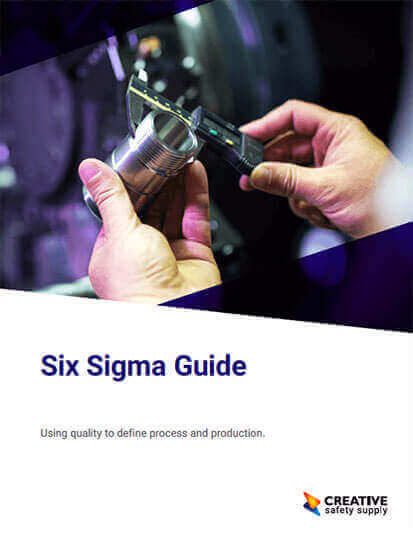
Want to evaluate the relationship between two variables?
Our free Pearson Correlation Coefficient Calculator to test the null assumption of correlation value.
For a much deeper understanding of Pearson Correlation, a correlation can sometimes be defined as a number between -1 and +1 that measures the degree of association between two variables (e.g. x and y). In the mathematical formula shown below, if after inputting all the values of the given variables and data, a positive value for the correlation means a positive association between x and y while a negative value for the correlation implies a negative or inverse association. However, for positive correlation, do bear in mind that large values of x tend to be associated with large values of y and small values of x tend to be associated with small values of y. On the other hand, in a negative correlation, large values of x tend to be related to small values of y and vice versa.
Mathematical Representation of Pearson Correlation
The mathematical formula for Pearson Correlation is given as shown below:
r_{xy}=frac{sum_{i=1}^n (x_i-bar{x})(y_i-bar{y})}{(n-1) s_x s_y}
Where x and y are two variables or the sample means of X and Y and
sx and sy are the sample standard deviations of X and Y.
Negative Pearson Correlation
So, how do you know if a value for a set of data is negative as far as Pearson correlation is concerned? Consider the extract from the main Pearson Correlation formula below. Assuming the value of the x variable at a certain point in time is below average and that of the y variable is above; upon multiplication, the resulting product will be a negative correlation for the top half of the formula, thereby resulting in a negative correlation.
r_{xy}=frac{sum_{i=1}^n (x_i-bar{x})(y_i-bar{y})}{(n-1) s_x s_y}
Furthermore, the same applies if the value of the x variable at a certain point in time is above average and that of the y variable is below average. Therefore, the statements made earlier can be said to be true; that is “a negative correlation is evidence of a general tendency that large values of x are associated with small values of y and small values of x are associated with large values of y.
Positive Pearson Correlation
On the other hand, for a correlation value to be positive, consider the same formula as that used earlier. If the value of the x variable at a certain point in time is below average and that of the y is also below average; then upon multiplication you’ll have the product of 2 negative values. Now, the resulting value will obviously be a positive for the top half of the formula, thereby resulting in a positive Pearson correlation.
r_{xy}=frac{sum_{i=1}^n (x_i-bar{x})(y_i-bar{y})}{(n-1) s_x s_y}
In addition to that, the same applies if the value of the x variable at a certain point in time is above average and that of the y variable is above average. What you have is 2 positive values multiplying each other; and of course the answer will remain positive.
Similar Glossary Terms
- NORMSINV
- Variance Inflation Factor (VIF)
- Coefficient of Determination
- Box and Whisker Plot
- Westgard Rules
- Key Performance Indicators (KPI)
- Queuing Theory
- Quorum
- Centerlining


